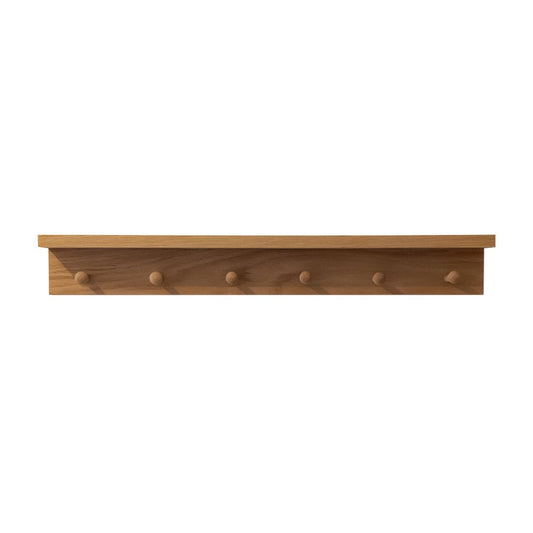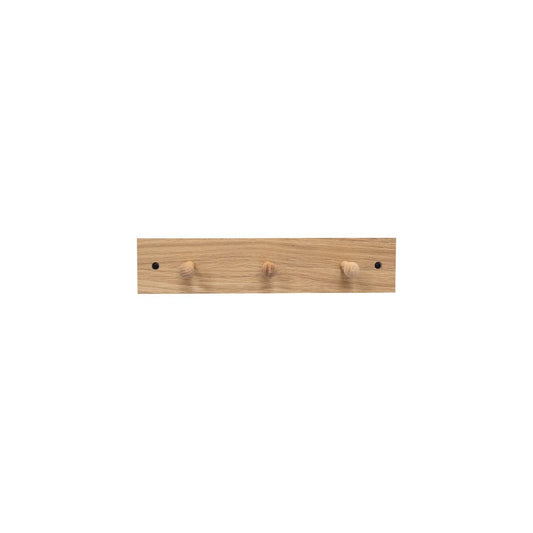Table of Contents
Key Points
- Three common UK wall types for hanging shelves or mirrors: masonry brick and block, dot and dab, and timber or metal frame partition walls.
- Recommended hardware: GeeFix for partition walls, Corefix for dot and dab walls, and Fischer DuoPower for masonry walls.
- Using wrong hardware can lead to failure and safety risks; always seek specialist advice.
When hanging shelves or heavy mirrors in your UK home, understanding your wall type is crucial for a secure installation. The three most common wall types are masonry brick and block, dot and dab, and timber or metal frame partition walls. Each requires specific hardware to ensure safety and durability. This guide recommends top-performing fixings for each, offering peace of mind for your DIY projects.
Recommended Hardware by Wall Type
- Partition Walls: These are internal walls with timber or metal frames and plasterboard, challenging for heavy items. Try to find studs for the best fix, but if not possible, use GeeFix Plasterboard Cavity Wall Fixings. Tests show drywall often fails before these fixings, and remember, drywall isn't structural—check max loads and item weight.
- Dot and Dab Walls: These have plasterboard glued to a solid wall, creating a cavity, making mounting tricky. Use Corefix Heavy Duty Wall Fixings to bridge the gap to the solid wall, ensuring a strong hold for heavy items like TVs or radiators.
- Masonry Walls: Solid and secure, these are easiest to work with. Opt for Fischer DuoPower Wall Plugs, available in various lengths for a reliable fix.
Safety First
Using the wrong hardware can lead to failure and safety hazards, such as shelves collapsing. Always identify your wall type and choose the right fixings. If unsure, consult a specialist to avoid risks and ensure a safe installation.
Understanding Wall Types and Their Challenges
UK homes often feature a variety of wall constructions, each presenting unique challenges for mounting heavy items. The following table outlines the characteristics of each wall type:
| Wall Type | Description | Challenges for Mounting Heavy Items |
|---|---|---|
| Masonry Brick and Block | Solid walls made of bricks or concrete blocks, very robust. | Minimal, due to solid structure, but requires correct plug length. |
| Dot and Dab | Plasterboard attached to a solid wall with adhesive dots, creating a cavity. | Plasterboard can crack under load; need fixings that reach solid wall. |
| Timber or Metal Frame Partition Walls | Internal walls with frames and plasterboard, not structural. | Plasterboard weak alone; must find studs or use special fixings for heavy loads. |
These wall types require tailored hardware to ensure security, and the following sections detail the best options, starting with the most challenging—partition walls.
Partition Walls: The Most Difficult to Mount On
Partition walls, also known as drywall or plasterboard walls, consist of timber or metal frames with plasterboard attached. These are common for internal divisions but pose challenges for hanging heavy items like shelves or mirrors due to the plasterboard's lack of structural strength.

- Best Practice: Ideally, locate the studs (the wooden or metal frames) and screw directly into them for a secure fix. This ensures the load is supported by the frame, not just the plasterboard.
- Alternative When Studs Are Unavailable: If finding studs isn't possible, or the item spans multiple areas, opt for GeeFix Plasterboard Cavity Wall Fixings. These are heavy-duty fixings designed for cavity walls, offering unrivaled strength for plasterboard. Research, including YouTube reviews, shows that in many tests, the drywall fails before the GeeFix, highlighting its robustness for heavy loads like TVs, radiators, or curtain poles.
- Important Consideration: Drywall isn't a structural material, meaning it can't bear heavy loads without support. Always check the manufacturer's maximum load specifications and compare with the weight of the item being installed. For example, ensure a shelf with books doesn't exceed the fixing's capacity, and consider consulting a professional if unsure.
Dot and Dab Walls: Addressing the Cavity Challenge
Dot and dab walls are increasingly common in modern UK constructions, particularly new builds. They involve attaching plasterboard to a solid wall (like masonry) using spots of adhesive, creating a small cavity (usually 10-20mm) between the board and the wall. This method saves time and cost but complicates mounting heavy items.

- Difficulties: The plasterboard is glued, not framed, so standard wall plugs may only anchor into the board, which can crack under weight. The cavity means loads need to transfer to the solid wall behind for security.
- Recommended Hardware: Use Corefix Heavy Duty Wall Fixings. These fixings feature a steel core that bridges the gap, transferring the load to the masonry behind the plasterboard. This prevents the board from crushing and ensures a strong hold for items like wall-mounted TVs, radiators, or cabinets. They are independently tested, with four fixings capable of supporting up to 100kg, making them ideal for heavy-duty applications.
- Installation Tip: Follow the instructions carefully, using a drill, hammer, and screwdriver, to ensure the fixing is properly seated for maximum load-bearing capacity.
Masonry Walls: The Simplest and Most Secure
Masonry walls, made of brick or concrete blocks, are the easiest to work with for hanging heavy items due to their solid structure. They offer significant load-bearing capacity, making them ideal for shelves, mirrors, and other installations.

- Hardware Recommendation: For masonry walls, choose Fischer DuoPower Wall Plugs. These are universal plugs made from a two-component material, adapting to the wall through expanding, folding, or knotting. This ensures a secure fix in solid materials like brick or concrete. Available in various lengths (e.g., 6x30mm, 8x40mm), they cater to different load requirements and wall thicknesses, reducing drilling time with their short design.
- Installation Note: Use the correct drill bit size and follow the manufacturer's instructions for optimal performance. The plugs provide good feedback when installed, ensuring they're seated correctly for maximum security.
The Risks of Using Wrong Hardware and Safety Advice
Using inappropriate hardware for the wall type can lead to failure, such as fixings pulling out, walls cracking, or items falling, posing significant safety risks. For instance, using standard plugs in dot and dab walls may only anchor into the plasterboard, risking collapse under heavy loads, while inadequate fixings in partition walls could damage the drywall or fail to support weight.
To mitigate these risks:
- Always identify your wall type by tapping (hollow sound for dot and dab or partition, solid for masonry) or consulting building plans.
- Select hardware as recommended above, ensuring it matches the wall's construction and load requirements.
- If unsure, seek advice from a specialist or professional installer. This is particularly important for heavy items like radiators or large TVs, where failure could cause injury or damage.
By taking these steps, homeowners can ensure safe, secure installations, enhancing both functionality and safety in their homes.
Key Citations
FAQ
Common questions answered





